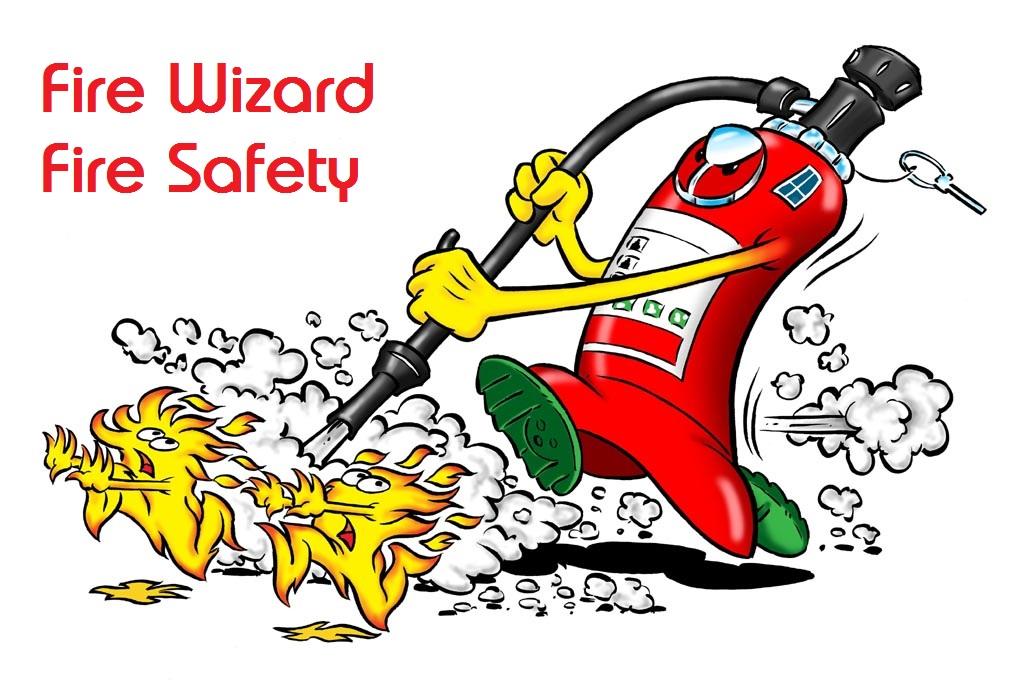-
Posts
2,570 -
Joined
-
Last visited
Everything posted by AnthonyB
-
The lower grades of domestic equipment does not use fire resisting cabling and could fail prematurely (fatal fires in past history where early failure of the system was a factor led to this requirement. BS5939-6 clearly states it is not for use on non domestic premises, the same applies for the equipment. Whilst it isn't impossible to find situations where it can be used the person deciding to do this bears a heavy responsibility for not following benchmark guidance and needs a cast iron justification as to why it doesn't provide a lesser standard of safety than a benchmark system (to part 1 of BS5839) The problem with village halls is that they were in a bubble for over half a century escaping fire safety legislation whilst other premises were reined in. Most halls only had any fire related concessions due to needing a dance or entertainment license which usually entailed no more than some emergency lighting/illuminated EXIT signs and an exit or two having panic bolts fitted, so the catch up caused by the Fire Safety Order is quite painful as you are starting from scratch.
-
What is the floor used for - there are different guides for different sectors - the full list is here: https://www.gov.uk/workplace-fire-safety-your-responsibilities/fire-risk-assessments
-
Your flat is not subject to the Fire Safety Order, only common areas - were the people telling you this selling you their services to carry one out?
-
The licensing officer is no doubt basing this on this clause from the fire safety guidance covering HMO's 21.3 In most situations fire-resisting doors should be fitted with smoke seals, as these restrict the passage of smoke into the escape route from the room where the fire is situated. The exception to this is where fire doors are fitted to rooms in premises where the fire detection system is restricted to the escape route (see paragraph 22.11/table C3). This will often be the case in three-storey shared houses. In these cases smoke seals should not be fitted, as their benefit will be outweighed by the fact that the smoke detectors in the escape route will only activate when the fire is at an advanced stage and beginning to breach the fire door. The resulting alarm may be so late sounding that the fire and smoke is already affecting the escape route. Where smoke detection is sited within rooms (LD2 coverage – see paragraph 22.11/table C3) the alarm will sound very early in the development of the fire and the smoke seals will be of benefit in keeping smoke out of the escape route, enabling occupiers to evacuate safely
-

Water extinguishers for sheltered housing association
AnthonyB replied to a topic in Fire Extinguishers
British Standards are not law and are if anything a guide for professionals. It is quite possible for a competent Fire Risk Assessor to give an acceptable rationale as to why the safety of relevant persons would not be compromised by deviating from the BS recommendations (usually by removing extinguishers in areas with no risk) and I've done this for clients in several premises with no issues from enforcement authorities. Communal areas with a risk (ignition sources, combustibles) would always require cover (common rooms, laundries, etc, etc). With fire sterile protected corridors, the need is less clear, unless the equipment is intended for the use of the occupiers of the flats, which is unlikely, particularly as unless the occupiers are smokers the likely fire is likely to be either electrical in origin or involving cooking oils, neither of which can be dealt with using water. Therefore if you are keeping extinguishers they should really be a different type, if you wish to consider removal you should have your risk assessment reviewed by a competent person. -

Amazing performance of 1L Water Mist Extinguisher
AnthonyB replied to Bodstrup's topic in Fire Extinguishers
Safelincs don't manufacture the extinguisher - the UK manufacturer who produces Water Mist extinguishers (under license from the inventor at Telesto) is Jewel Saffire. They already make 3 & 6 litre extinguishers available through Safelincs, the way the technology works is such that a bigger can is required - so the 1 litre uses a 2 litre can, 3 litre a 6 litre can and the 6 litre a 9 litre can so a 9 litre unit is not viable. A 6 litre units can tackle an established car fire - a demo video is on Youtube: https://www.youtube.com/watch?v=iu1B7thWDcw -
I would strongly suggest contacting the Local Authority Building Control Officer and the Fire Officer as the arrangement doesn't look typical and may have been carried out without the required permissions. You can check if Planning Permission was given yourself by searching using the address of the shop on your Local Authority's Planning Portal
-
All I can think of is optical spark detection, it's used in a client's furniture factory in their ducting (they use all the wood dust from manufacturing to heat the site via a central biomass boiler) their system activates local drenchers in the duct. Sparks are so common that the system is fully automatic and doesn't set the main fire alarm off.
-
This was never a problem when all signs just said EXIT or FIRE EXIT...... To be fair on fellow fire risk assessors the enforcers aren't too bothered either about mixed signs. The BS 5499 & ISO signs are similar enough to avoid confusion, admittedly the EC symbol is different (especially if used without the 'man') but is it really enough to make a difference (sign retailers excluded from commenting!). Whilst in tests comprehension of the EC signs was slower than the BS5499 (hence it's international adoption with a little tweak) it was still understood and I'd be worried if your ASET/RSET times were close enough for it to make an impact! New projects though have no excuse for mixing signs and I picked this up in a new build where they had mixed EC & ISO by using old stock. Government's don't like new red tape legislation so no doubt it will be left to risk assessors to sort it out!
-

Fire Alarm 'Not Fit For Purpose' - Using an alternative system?
AnthonyB replied to a topic in Fire Alarm Systems
Emergency escape lighting may be a more important feature - in the early days many permanent venues of the type you described were not required by licensing (which was the only way fire safety conditions were imposed prior to the Fire Safety Order) to have an electrical fire alarm system but all had to have escape lighting even if it was just illuminated exit signs over the doorways. Power failure doesn't require a fire and is probably more likely than a fire on the list of things that could go wrong. -
The benchmark guidance for flats would expect emergency escape lighting to be required as part of a Fire Risk Assessment even if originally it had none.
-
Not necessarily (although I've been told in the past that a replacement fire alarm system technically needs BR approval, but no one bothers) although the OP mentions other alterations that could have led to it applying
-
If you need range you want a jet, although as most first aid attacks are started from 1-2 metres a spray is often more effective (particularly with additives)
-
And smoke alarms have been a Building Regulations requirement for many years also (leading to the Smoke Detectors Act being finally repealed in 2006)
-
If you can afford it, it's best to link your alarms (you can get radio linked domestic alarms now, no unsightly bell wire all over the house!) - if you were upstairs you may not hear your utility room alarm and smoke would spread until it activated other alarms
-

Reference needed neighbouring property public thoroughfare
AnthonyB replied to justfx's topic in Fire Exits
They may want to go through your property but you don't have to let them if there has never been such a route historically. A legal agreement would be required to be drawn up - you should contact a specialist property lawyer. -
If it's an initial dead end an alternative solution to fire doors in the guides is the provision of automatic smoke detection (part of the buildings fire alarm system, not self contained detectors) to every room.
-
Some models of panic bolt use wide plank type 'bars' that are engraved push bar to open: Engraved panic bolt
-
Check with your employment lawyer, I'd be surprised if it wasn't, especially as the action could be considered a breach of Health & Safety and Fire Regulations, which are criminal offences.
-
Without seeing the site the answer by default would be no. This issue should have been considered at the planning stage of the works and, as a significant change, the fire risk assessment reviewed. If this has not occurred then an offence has been committed.
-
It's not been acceptable for many years and there have sadly been many deaths where these were a factor over the last 60 years. There are so many simple alternatives available there is no excuse for not replacing them.
-
Many providers put a three year expiry on, using first aid training (which does have a set expiry) as a benchmark, but it's not mandatory. One Crown Department I am working with at the moment provides initial formal training with no refresher as long as the warden has taken part in at least one fire drill every 12 months - if they have gone longer than 12 months they have to go on the course again.
-
As you are legal Guardians and living as a single Household the situation is the same as if you were a normal parent & child family so you aren't a HMO - however your fostering agency or local authority may have their own requirements in addition to those in the Housing Act
-
Just because you are a charity and in serviced offices doesn't exempt you from the legislation, even if you don't employ anyone. With a serviced office you benefit from most provisions being made and maintained by the office provider, but it's up to you to assess if it's adequate for your needs and implement fire precautions measures with relation to matters under your control, as well as training staff.
-
Yes if it forms part of a building wide system and the leases to the flats should be robust enough to give them rights of access to do so.

